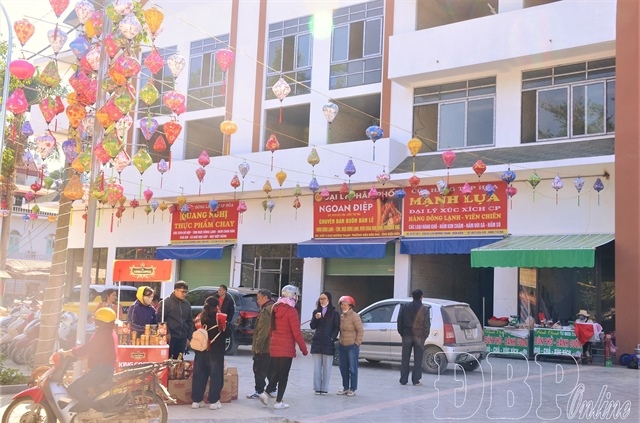Trade surplus – a positive economic sign
![]() Trade surplus – a positive economic sign
Trade surplus – a positive economic sign
Vietnam enjoyed a trade surplus of $134 million in the first eight months of this year, showing a healthy sign of national economic recovery.

The country has run a trade deficit for the past 27 years, except for 1992 when exports exceeded imports by just $40 million. In the four years from 2007-2010, the annual trade deficit amounted to billions of US dollars, hitting a record high of $18 billion in 2008.
For the first time in nearly 20 years the economy has shifted from a high, constant trade deficit to a trade surplus by August 2012. It was hoped that this target would be met by the end of this decade, but beyond expectations, it was achieved in the second year of the decade.
The shift is a milestone in national development, given the small amount of the surplus. It is worth remembering that Vietnam ran a deficit of $6.57 billion in the first eight months of 2011, accounting for 10.5 percent of its exports.
The positive sign is attributed to impressive exports over eight months, totalling $74.1 billion, or an average of $9.26 billion per month. If this monthly figure is maintained until the end of this year, exports for all of 2012 will surpass the $110 billion mark, the highest amount Vietnam has ever achieved.
According to the Vietnam general Department of Customs, eight-month exports rose 19 percent year-on-year, with cameras and accessories increasing 241 percent, phones and accessories 136 percent, computers and electronics 83.8 percent, fertilisers 68.6 percent, plastics 64 percent, electrical cables and wires 49.3 percent, vehicles and equipment 47.6 percent, and cassava 43 percent.
Sixteen products earned an export value of more than $1 billion each. Garments took the lead with $9.8 billion, followed by phones and accessories $7.4 billion, crude oil $5.5 billion, computers, electronics and accessories $4.8 billion, footwear $4.8 billion, seafood $4 billion, machinery and other equipment $3.7 billion, vehicles and equipment $3 billion, wood products $3 billion, coffee $2.7 billion, and rice $2.5 billion.
The high value was mainly generated from an increase in export volume rather than prices as in previous years. Most notably, cassava exports increased 67.5 percent in volume, fertiliser 61.8 percent, plastics 61.5 percent, rubber 35 percent, coffee 30.7 percent and cashew nuts 29.7 percent.
The US topped the list of importing countries, consuming nearly $13 billion worth of Vietnamese goods. It was followed by Japan with nearly $8.7 billion, China nearly $8.4 billion, the Republic of Korea $3.5 billion, Malaysia nearly $2.9 billion, Germany over $2.6 billion, Hong Kong around $2.2 billion, and Cambodia $1.9 billion.
Imports for the eight months fetched $73.96 billion, a year-on-year increase of 7.5 percent, which is lower than last year’s import growth. However, the low import growth clearly demonstrates that business production has been scaled down.
Vietnam enjoyed a trade surplus with 53 markets, with the US taking the lead (US$9.7 billion). It was followed by Hong Kong (US$1.6 billion), Cambodia (US$1.52 billion), the UK (US$1.5 billion), Germany (US$1.1 billion), the United Arab Emirates (US$1.06 billion), and Japan (US$1.04 billion).
It faced a trade deficit with China (US$9.92 billion), the Republic of Korea (US$6.47 billion), Taiwan (US$4.28 billion), Singapore (US$3 billion) and Thailand (US$2.16 billion).
However, difficulties still lie ahead. Exports rely heavily on manufacturing contracts, support industries are developing slowly, and temporary imports and re-exports are managed too loosely.
Exports are forecast to remain unchanged from now until the end of this year while imports are increasing in both volume and price. Proper adjustments to imports and exports are needed to maintain the trade surplus for the whole year.
vov
























